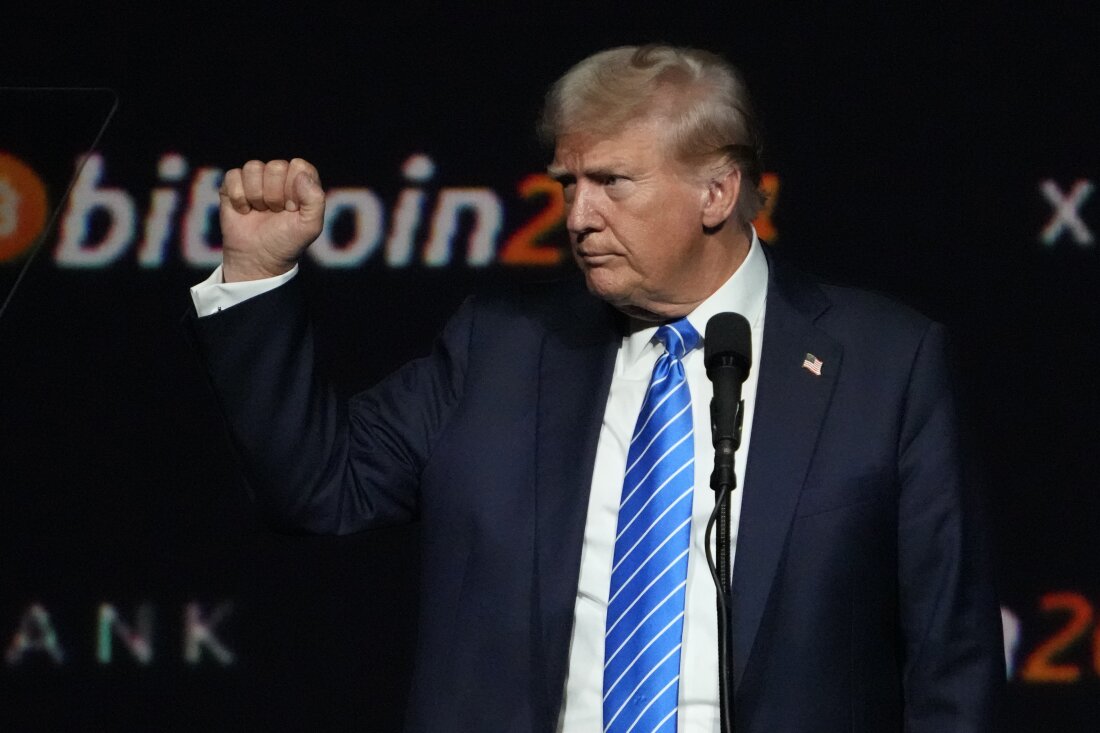The Future of Cryptocurrency: Mining Pools, Altcoin Trends, and Governance
The landscape of cryptocurrency is ever-evolving, marked by innovations in mining techniques and the survival of altcoins amid Bitcoin’s reign. As miners adapt to new challenges and opportunities, we must question whether current trends are favorable for decentralized finance, or if they reinforce the status quo.
Emerging trends in cryptocurrency mining and governance.
Are Large Mining Pools a Threat to Decentralization?
The essence of cryptocurrency is rooted in the ideal of financial decentralization, enabling individuals worldwide to participate by mining. However, as interest and value in cryptocurrencies like Bitcoin surged, mining control slipped into the hands of massive mining farms. These entities, often equipped with superior funding and computing power, pose a threat to the original vision of cryptocurrencies.
Instead of a decentralized network, the reality has tilted towards centralization where large entities dominate mining pools. Consequently, this consolidation limits access for smaller miners who might otherwise participate in the network.
The Paradox of Mining Pools
Mining pools can be both beneficial and detrimental. For small-scale miners, joining a pool presents an opportunity to earn rewards that might be unattainable individually. Yet, this aggregation of hashing power also centralizes control within a small segment of privileged participants. Pool members receive bulk block rewards, manipulating the benefits from what was intended to be a decentralized consent.
“The centralization of mining power has prompted developers to explore innovative consensus mechanisms to counteract this trend.”
As evidenced by Ethereum’s transition from proof-of-work to proof-of-stake, developers are actively addressing the imbalance. Newer algorithms like proof-of-activity and proof-of-history have been explored, although widespread adoption remains elusive.
The dichotomy of mining pools: opportunity versus centralization.
Altcoin Resurgence: Will Solana Lead the Charge?
While control over mining remains a concern, the potential for an altcoin rally is brewing, with Solana emerging as a frontrunner. Analysts are reporting a promising bullish pattern, driven by current market dynamics that echo past cycles of significant altcoin growth.
The ETH/BTC chart showcases these encouraging signs, with historical precedents suggesting that gains in Ethereum could lead to a broader altcoin rally. The rise of Bitcoin to approximately $73,000 has set a positive backdrop, prompting renewed buying interest across the altcoin spectrum. As the market capitalization surges by 1.49%, the excitement among investors is palpable.
Insights from Market Analysts
Crypto analyst Moustache emphasizes that the market patterns are reminiscent of the pre-2018 altcoin surge, asserting that we may be on the precipice of another major movement. “You can’t imagine what the Alts will do if we just move up from here,” he notes, further fueling optimism for Solana and its peers.
The Role of Governance in Cryptocurrencies
To navigate this fluctuating landscape, understanding blockchain governance becomes crucial. Unlike traditional equity markets with structured systems for investor recourse, most cryptocurrencies lack active governance participation from token holders. This absence can lead to significant implications when major protocol changes are introduced, affecting market dynamics.
Why Understanding Governance Matters
Investors in cryptocurrency should realize that governance rights extend beyond mere ownership; they empower holders to influence the trajectory of the projects in which they invest. A lack of informed participation could mean missing out on pivotal developments. The famous Bitcoin Cash fork in 2017 serves as a poignant reminder that governance disputes can lead to significant splits in the ecosystem, affecting the value of cryptocurrencies in the process.
The impact of governance structures on cryptocurrency value and investor participation.
Types of Governance Systems
Cryptocurrency governance can generally be categorized into two distinct systems: on-chain and off-chain. On-chain systems automate voting processes for token holders, while off-chain approaches rely on community discussions and proposals.
Among the notable governance architectures, Bitcoin and Ethereum utilize these methods, albeit under a centralized decision-making framework that involves developers and committed users. Understanding these frameworks is essential for investors, as changes in governance structures can directly affect market performance.
What Lies Ahead for Miners and Investors?
As we dissect the implications of mining pools, altcoin potentials, and governance systems, the future of cryptocurrency unfolds. With the potential for an altcoin rally driven by markets rallying around Ethereum and Bitcoin’s recent climb, the question remains: are regulatory frameworks adequate? Can decentralized mechanisms withstand the weight of new mining practices?
Investors should remain vigilant, participatory, and adaptive in this lively environment. An informed approach towards mining trends and robust governance engagement will be paramount as we transition into what could be a fruitful era for altcoins and their investors. The ability to react and influence upcoming changes could lead to substantial opportunities in the dynamic world of cryptocurrencies.
Conclusion
The intersection of mining pools, altcoin prospects, and governance highlights the intricacies of cryptocurrency as a landscape of both challenges and opportunities. Whether mining pools will inhibit or enhance the broader convergence towards decentralization remains to be seen. However, one thing is clear: active participation in governance and market trends can unlock avenues for robust engagement and investment potential in the ever-evolving crypto realm.














